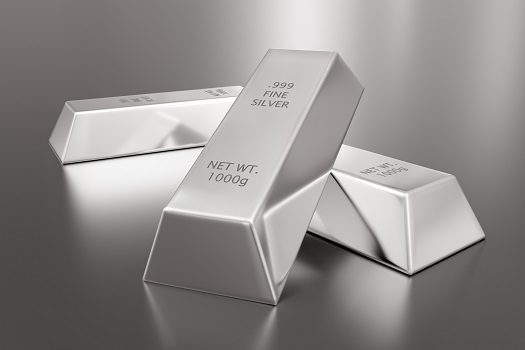How to Know if Your Silver Is Real
Maybe you have what you think is an antique piece on your hands or you have an allergy to certain metals and therefore prefer only real silver jewelry. Deciphering real silver from fake seems like something only professionals can do. However, it’s actually something you can do yourself in a few different ways. The precious metals experts from First National Bullion, the silver and gold dealers San Diego collectors rely on for outstanding quality and service, offer this guide to understanding if the silver in your items is real.
Use the Magnet Test
This test has been around for ages, as real silver isn’t magnetic (just like gold and copper). If you have a strong magnet on hand, you can use it to see if the silver piece in question is magnetically attracted to it. If it doesn’t stick, it could very well be real silver. However, if it does, it’s likely made of a different metal or compound.
Check the Odor
Real silver is known to be virtually odorless, so give your piece a sniff and see if it has a scent. False silver may have a strong metallic or sulfuric scent, a tell-tale sign that it isn’t the real thing.
Try the Ice Test
Believe it or not, real silver can be identified using ice. Silver conducts heat more efficiently than any other type of metal, so an ice cube will melt surprisingly quickly if you put it on top of your piece.
Look for Flakes
Authentic silver shouldn’t flake, meaning you can’t scrape or chip away its color. In fake pieces, you may see cracks or be able to scratch the silver coating off, sometimes with just your fingernail. Additionally, some pieces may be silver-plated, meaning they’re coated with real silver but the pieces themselves are made of another material. If you chip pieces off that may be silver coating, you can test them to see if the coating is real silver by placing them in an acidic solution, such as vinegar or lemon juice. When you put the flakes in the solution, see if it changes the liquid’s color. Genuine silver won’t change it, while other coatings will.
Use the Polish Test
Silver will tarnish over time and therefore must be polished and cleaned often. To see if an older piece is real silver, you can test its tarnish by rubbing it with a white cloth. If any black tarnish appears on your cloth, you can be pretty sure it’s the real deal. If a rusty color appears or nothing rubs off, you might have to rule it out.
Look for Silver Stamps
Oftentimes, real silver is marked to prove its authenticity. Marks on the piece may include a company logo and words such as “silver soldered” to confirm the piece is silver. A lion’s head has also been a symbol of authentic silver since the 14th century in Great Britain, and it’s still used today.
Whether they’re veteran precious metals collectors or simply looking to buy silver bars, San Diego residents should reach out to the experts at First National Bullion. We offer a huge selection of gold, platinum, and silver items. San Diego collectors who are looking for the finest-quality coins, bars, and bullion should give us a call at 858-666-6570 to speak with one of our precious metals experts.
The statements made in this blog are opinions, and past performance is not indicative of future returns. Precious metals, like all investments, carry risk. Precious metals and coins may appreciate, depreciate, or stay the same in cash value depending on a variety of factors. First National Bullion does not guarantee, and its website and employees make no representation, that any metals for sale will appreciate sufficiently to earn the customers a profit. The decision to buy, sell, or borrow precious metals and which precious metals to purchase, borrow, or sell are made at the customer’s sole discretion.


